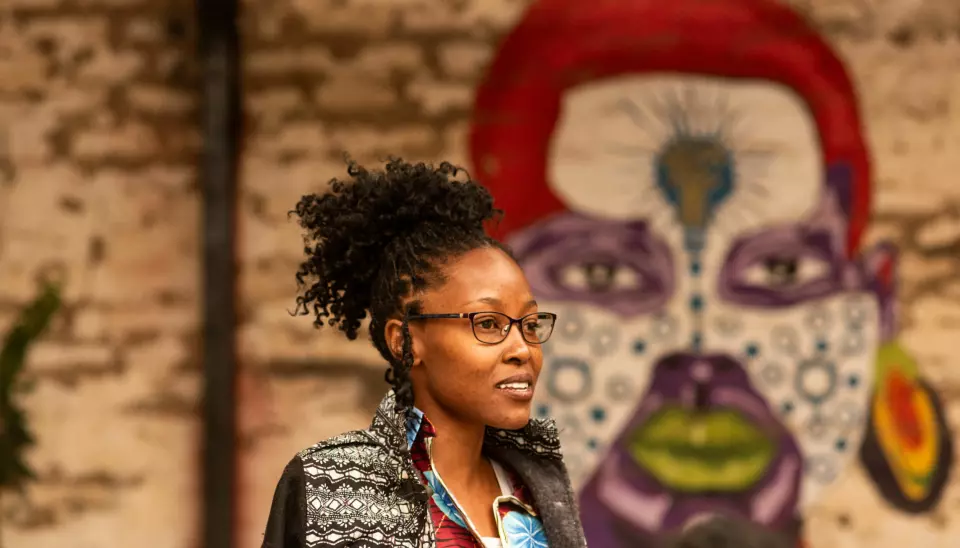Of Thrones and Thabo Mbeki’s “I am an African”: King Moshoeshoe I’s Diplomatic Gambit at the Great London Exposition
A Legacy in Exile: The Story of 80 Artefacts and a King’s Foresight
In the annals of African history, the year 1862 stands as a moment of complex diplomacy and strategic foresight for the Basotho nation. While the Great London Exposition of that year was marketed to the world as a grand celebration of industrial technology and global craftsmanship, for King Moshoeshoe I, the visionary leader of the Basotho, it presented a critical opportunity. It was a stage not for showcasing economic potential, as the British organisers might have hoped, but for a profound act of statecraft aimed at securing an ally in a time of existential threat.
This is the story of how 80 of the king’s personal belongings made a one-way journey to London, a diplomatic mission that continues to resonate in the hallways of the British Museum today.
A Platform for Survival, Not Just Spectacle
The Great London Exposition, running from May to November 1862, was the successor to the famed 1851 Great Exhibition. It brought together the art, design, and technological marvels of 36 nations, presented as a testament to human progress. For the burgeoning British Empire, such events were also tools of soft power, inviting nations to participate in a narrative of shared industrial and cultural advancement.
The invitation was extended to King Moshoeshoe through John Howell, the British magistrate of Winburg in the Orange Free State. To Howell and the exhibition’s commissioners, Basutoland (modern-day Lesotho) represented a potential for economic development and cultural exchange. But Moshoeshoe, a master strategist, saw beyond the spectacle.
By the 1860s, the Basotho kingdom was under immense pressure from Boer settlers, who were encroaching on their fertile lands and engaging in a series of violent conflicts. Moshoeshoe recognised that the survival of his nation depended on forging a strong, formal alliance with the British Crown, the only regional power capable of countering the Boer advance.
The Donation: A Calculated Act of Diplomacy
Rather than simply sending samples of local crafts or produce, Moshoeshoe made a deeply personal and symbolic gesture. He donated 80 items from his own possession. While the exact inventory remains partially obscured by time, such a collection from a monarch would have likely included finely worked weapons, items of personal adornment, and ceremonial objects—items that spoke not of a primitive culture, but of a sophisticated and sovereign court.
This was not a random assortment of curiosities. It was a deliberate presentation of the Basotho kingdom’s material wealth and cultural richness, a demonstration to Queen Victoria and the British public that they were dealing with a legitimate and established monarchy worthy of respect and protection. The donation, marking the exposition’s tenth anniversary, was a kingly gift to a fellow monarch, framed within the diplomatic language of reciprocity and mutual recognition.
A Journey into the Archives
Tragically, the king’s sophisticated gambit did not yield the immediate, robust political alliance he sought. While he did secure a tenuous British protection, the full force of imperial support remained elusive. The objects themselves, after the exhibition closed, faded from public view. They were sold to a private collector and, in 1865, were gifted to the British Museum, where they have resided for over 150 years.
There, they are catalogued, studied, and preserved, but they are distant from the people whose history and identity they embody. They exist as silent ambassadors of a failed, yet profoundly telling, diplomatic mission. Their presence in London is a tangible link to a pivotal moment when an African leader attempted to navigate the treacherous waters of 19th-century geopolitics on his own terms.
A Legacy That Endures
The story of Moshoeshoe’s 80 belongings is more than a historical footnote. It is a powerful narrative that challenges simplistic colonial histories. It reveals an African leader not as a passive recipient of European influence, but as an active, agile participant in international affairs, using the tools available to him to secure his people’s future.
Today, as debates around cultural restitution and the decolonisation of museums gain momentum, the legacy of this 1862 donation takes on new significance. These objects are not merely “artefacts”; they are fragments of a national story, a king’s personal property, and symbols of a strategic vision that deserves to be remembered and honoured in their land of origin.
The tale of King Moshoeshoe I’s donation is a Pan-African story of diplomacy, agency, and the enduring quest for sovereignty—a story that remains powerfully unfinished.

Leave a Reply